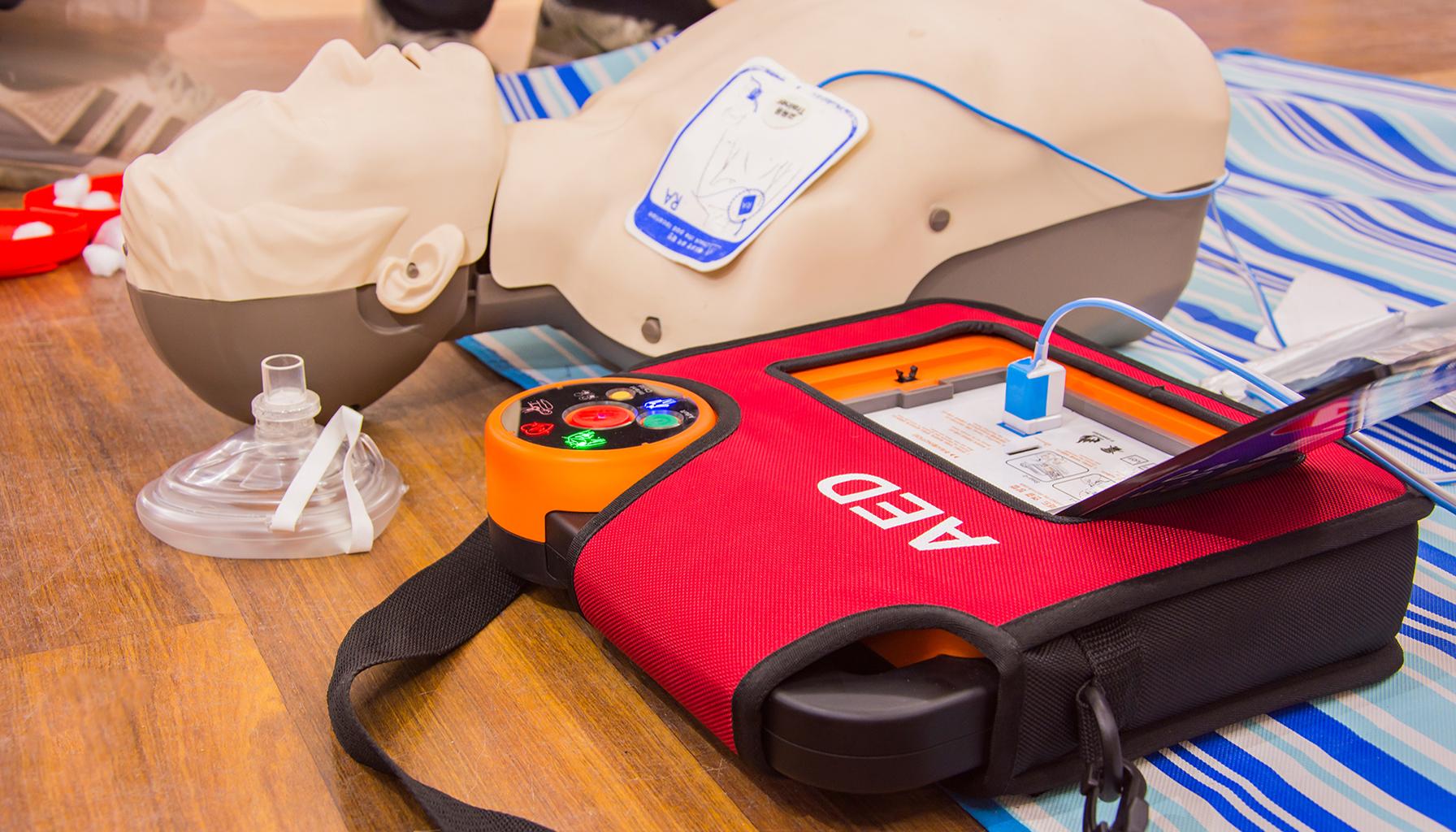(Missouri News Service – Farah Siddiqi) Missouri Senate Bills 1032 and 1081 would require public schools to develop and implement cardiac emergency response plans and advocates are stressing funding is needed to implement them.
The legislation would require every Missouri school district to have a response plan, including working with EMS providers, training staff on CPR and defibrillator use, and doing practice drills. Pond Elementary School in the Rockwood School District is a designated “heart-safe school.”
Kristi Newell, a nationally certified school nurse in the district, said the desired level of preparedness is vital since heart-related issues are the number one cause of death in the country, but schools need the support and funding to implement the laws. “Medical emergency response should be a priority for all schools,” Newell contended. “Missouri House Bill 426 requires all school campuses in the state of Missouri to install AEDs and train staff. This is a big deal for Missouri and the work that our legislators are doing. The question is where will the funding come from, and how will it be executed?”
Missouri high school students have been required to get 30 minutes of hands-on CPR training as a graduation requirement since 2017. Backers of this session’s bills are having a “You’re the Cure” lobby day at the State Capitol tomorrow.
Andrea Darmon, principal of Pond Elementary School, participated in the initial heart-safe training and was on the cardiac emergency response team. She said the school chose to become a heart-safe school to have a proactive approach to emergency preparedness. “Immediate intervention can mean the difference between life and death,” Darmon pointed out. “We’re also able to contribute to the safety of our entire community. The emphasis on training extends beyond our school walls. And hopefully, we’re empowering individuals to respond to cardiac emergencies in a variety of various settings.”
Darmon added other lifesaving mechanisms should not be overlooked, such as requiring epinephrine in schools, with standing orders and funding for schools to have it on-site for students with severe allergic reactions.
(Image provided by Adobe Stock Images)


